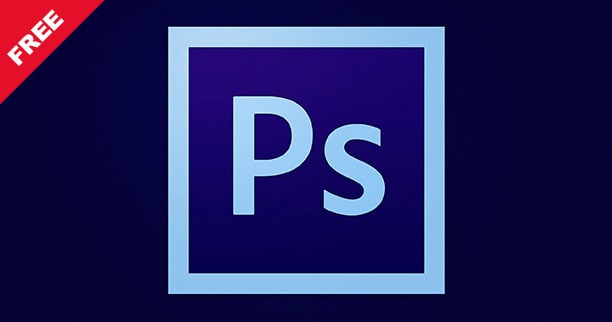

If you’re still loyal to Adobe, you can look at the Adobe products available on the UIUC WebStore, as well as tutorials on .ĭo you have opinions on GIMP vs. GIMP also provides a series of Tutorials. Of course, there are more pros and cons to using GIMP, but this will give you a basic idea of the pros and cons of switching over to this open-source software.įor more information on GIMP, you can check out the GIMP Wiki, which is maintained by GIMP developers, or The GTK+ Project, which is a toolkit for the creation of graphical user interfaces (GUI). No promise that the software will always be maintained in perpetuity.Easier to contact leadership regarding issues.Motivated user community run by volunteers.Highly customizable and flexible (with coding expertise).There are a number of pros/cons for choosing GIMP over Photoshop, so here’s a handy list. Theoretically, you could add or subtract any features that you so choose by changing the GIMP source code, and you are free to distribute a version of GIMP with those changes to whomever you choose. That being said, GIMP can still be a more powerful tool than Photoshop, especially if you have a programming background (or can convince someone else to do some programming for you). While does provide tutorials on GIMP, there are fewer overall resources for tutorials and help than Photoshop. While GIMP has its dedicated loyalists and a staff, they lack the same kind of institutional power that Adobe has to answer questions, fix bugs, and provide support.

One of the major aspects you lose when moving from Photoshop to GIMP is the loss of a major community and widespread knowledge of the software. Available for almost every operating system, GIMP is open source and free with lots of customization and third party plugin options. If you’re looking for an alternative to Photoshop, GIMP is a great bet. Image manipulation is a handy skill, but sinking time and money into Adobe Photoshop may not be an option for some people.


 0 kommentar(er)
0 kommentar(er)
